The clock museum at Jerez de la Frontera, grandly called the Palace of Time, contains a fantastic collection of time measuring devices.
By Nick Nutter | Updated 12 Mar 2022 | Cádiz | Places To Go |
Login to add to YOUR Favourites or Read Later
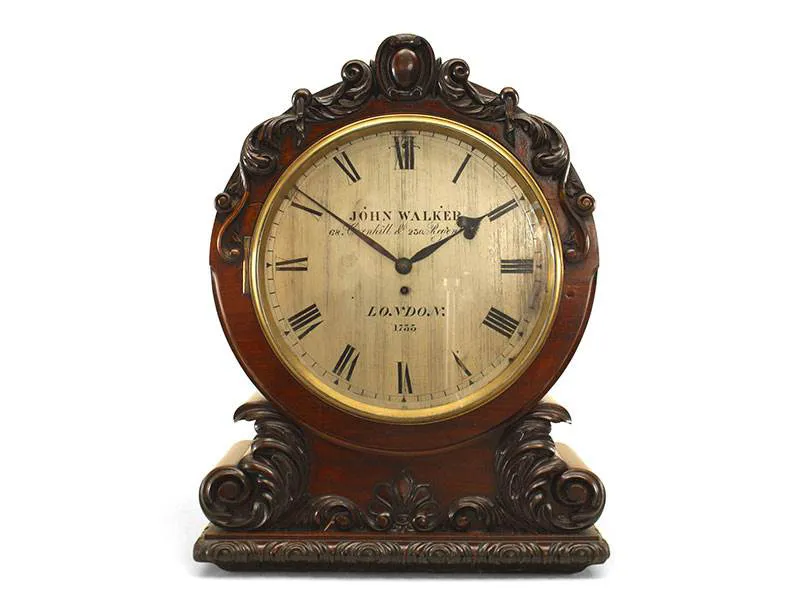
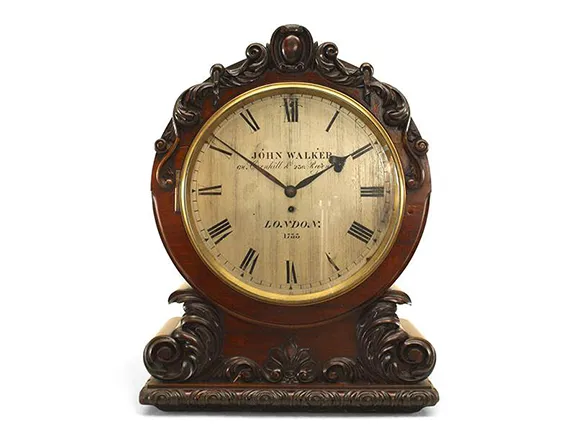
English clock
Humankind has always been fascinated by time. Think about it, the only time that exists is this precise moment, an immeasurably short period of time, in fact, impossible to measure, that is why photographs fascinate so many people, they record events at a fixed point in time. The past is gone, never to return and the future has not yet happened; the expression ‘river of time’ adequately describes the notion. When humans first decided to measure the river of time is not known. The oldest image of a star pattern appears on a piece of mammoth tusk, 32,500 years old. It depicts the constellation Orion, and by 30,000 years ago, prehistoric people were recording the phases of the moon.
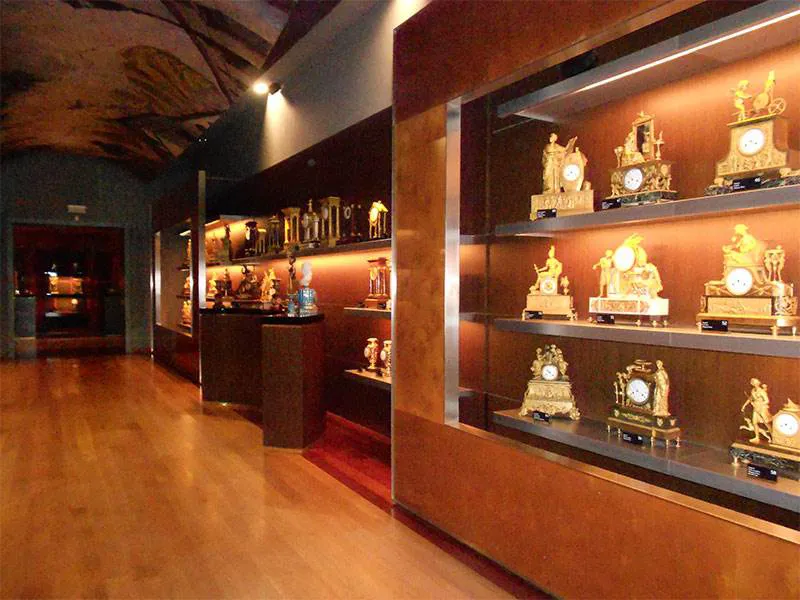
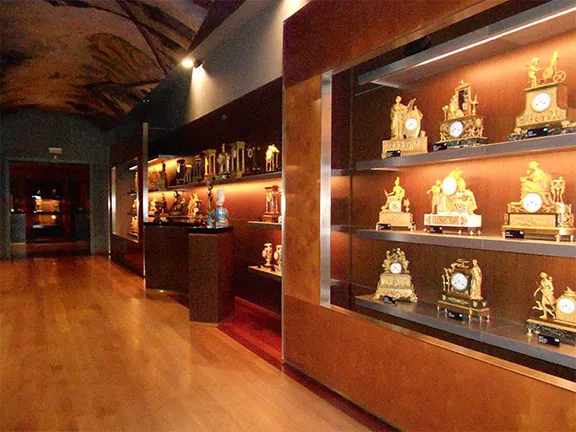
Palace of Time
Some of the ancient stone circles seen in the landscape are thought to be arranged to measure the seasons. Sundials and water clocks were two of the first devices that divided the day and night. The emerging civilisations of the Middle East and Egypt used both. Water clocks were invented by the ancient Egyptians to measure the time between sunset and sunrise. Candle clocks later served a similar purpose. Hourglasses, or sandglasses, appeared in the 14th century, about the same time (pardon the pun) as the first mechanical clock. Progress from then was a little faster. In the 14th century, large mechanical clocks started to appear in the towers of several cities. In the early 15th century the Prague Astronomical Clock was built with an astronomical dial representing the positions of the sun and moon, hands that recorded hours and minutes and a dial that showed the month. Interestingly the clock dial has early versions of the digits 2, 3, 4 and 7.
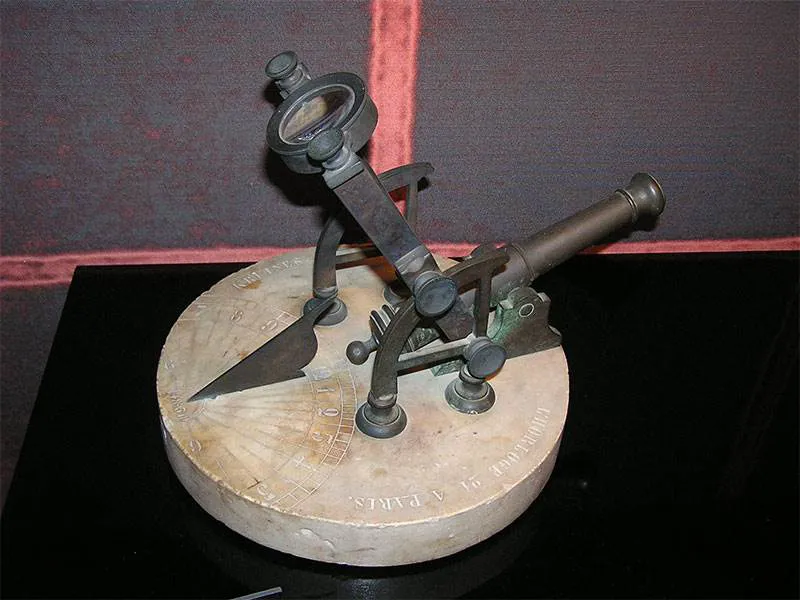
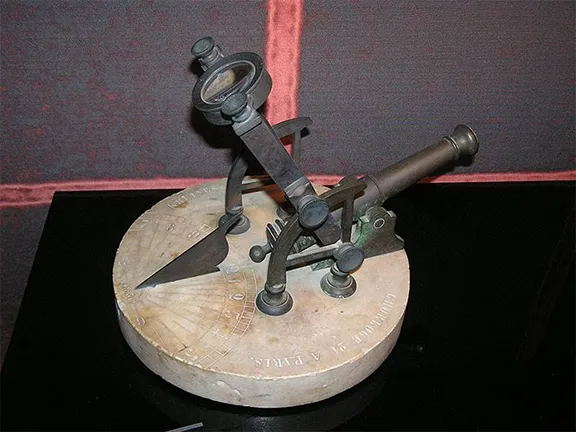
Cannon clock
Clocks became portable around 1550, but it was not until the 17th century that the first, inaccurate, pocket watches appeared. Watches were not the only way to tell the time while on the move. Portable sundials, sometimes incorporating a compass, were popular during the 18th century. Towards the end of the 19th century, the pocket watch was the first object to be mass-produced by the large watch companies that emerged after 1870. Some smaller, prestigious companies continued to create works of art, amongst them was Patek Phillipe which had invented the ‘Remontoir’, a pocket watch without a key. The winding mechanism was the crown of the watch itself.
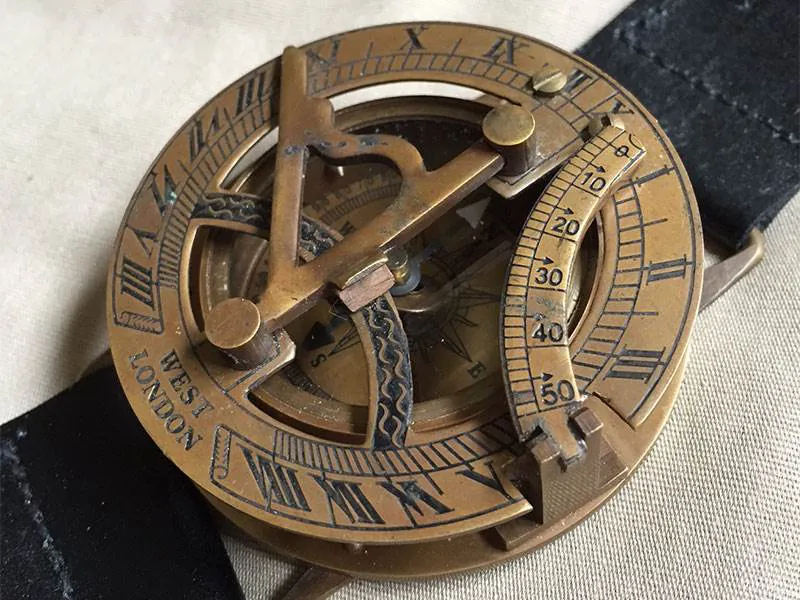
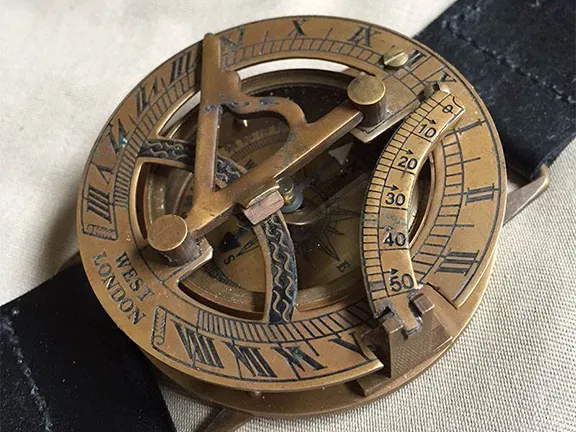
Sundial compass watch
The first wall clock to appear in Europe was a lantern clock. It was simple, inexpensive and not very accurate. Its single hand moved around an engraved dial. Pendulum clocks, think of the grandfather clock, followed, and then marine chronometers that incorporated a new invention, the hairspring.
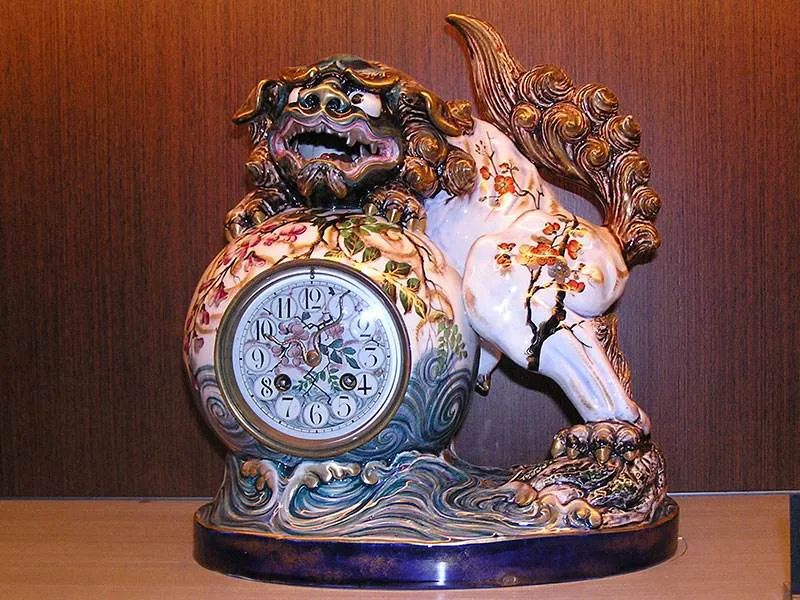
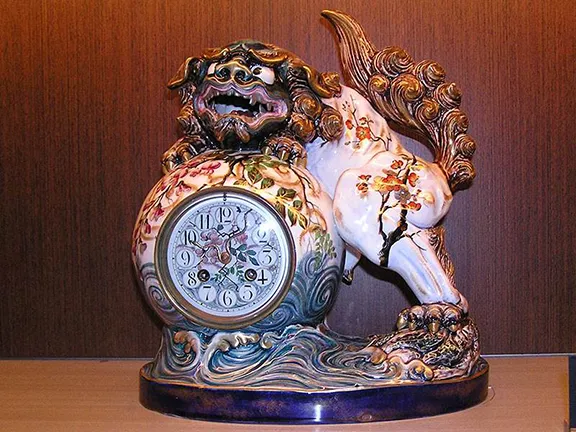
French clock
Time was measured locally until the 19th century. Noon at Bristol, 2º 35' west of Greenwich, for instance, was and is 10 minutes later than noon in London. In fact, there is a clock on the Corn Exchange in Bristol that has two, minute, hands, one aligned to GMT or BST and one to local time. The Greenwich meridian passes through Spain just east of Valencia. Local time in Jerez de la Frontera (6.1261° W) is 24 minutes later than GMT or BST, for those interested in such details.
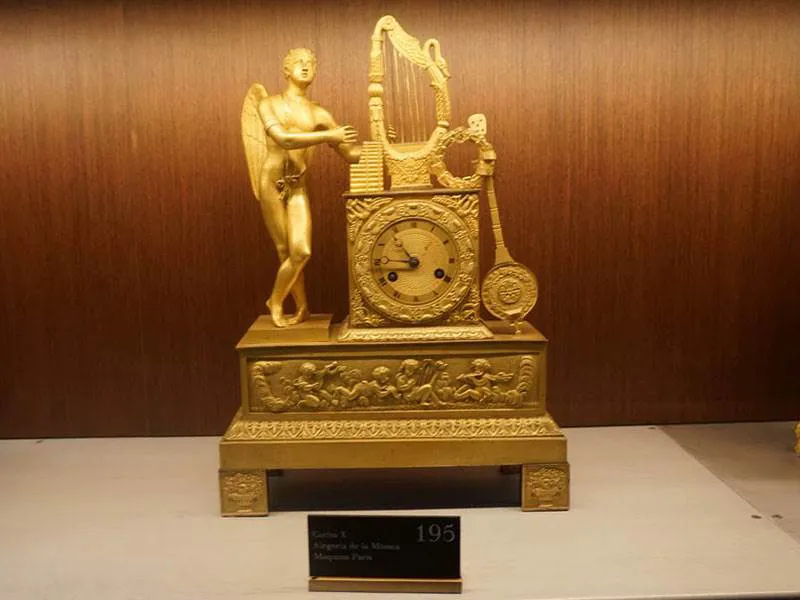
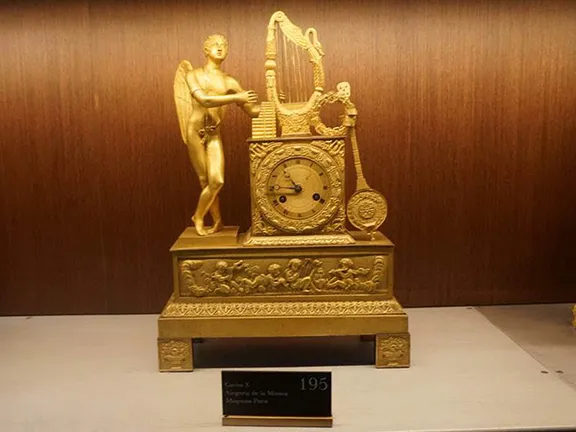
French clock
The need for a system, where the time in one part of the country was the same as the time in another, arose from the development of the telegraph and the steam train. Even today, we strive to tell the time in ever more accurate ways. The shortest measurable piece of time is called a jiffy. A jiffy is the amount of time light takes to travel one fermi, roughly the size of a nucleon, in other words, an incredibly short piece of time bit still not static. Even at that scale, time is still flowing along regardless.
The clock museum at Jerez de la Frontera, grandly called the Palace of Time, contains a fantastic collection of time measuring devices. My favourites are the sundial watch that also incorporates a compass so that you always place it correctly and a ‘noon’ gun clock. The clock gun is a small cannon mounted on a plinth with a magnifying glass over the touch hole. When the sun is at its zenith, the light focuses on the touchhole. The light heats and ignites the primer and fires the cannon. Great fun.
The majority of the clocks in the collection are French or English. It is interesting to see that the French clocks are elaborately decorated with gold, filigree work, guilt, glass and porcelain. They are visual works of art. In comparison, the English clocks are more utilitarian, robust even, but, more accurate.
Many of the chiming clocks still work. They are tended by experienced clockmakers who ensure they are all correctly wound and set to the correct time. On the half-hour the French clocks chime in unison, tinkly, trilling notes, that suggest gentle spring days and bubbling streams. On the full hour, the bass notes of Westminster chimes resound through the building like a stern headmaster.
Check opening times for the Palace of Time here